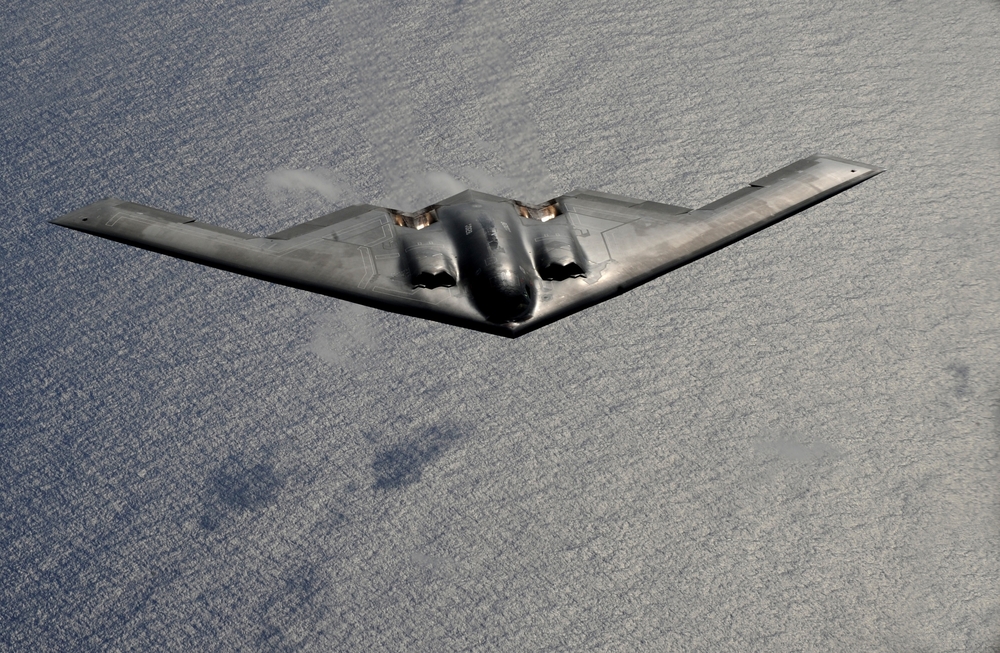DME Slant Range Error
The Distance Measuring Equipment (DME) Slant Range Error is a critical concept in aviation. Understanding it can greatly enhance both aviation safety and efficiency. Let’s delve into the details, starting with what the DME is and how it works.
What is DME?
DME stands for Distance Measuring Equipment. It is a radio navigation technology used by aircraft to measure their distance from a ground-based transponder. The technology operates in the UHF (Ultra High Frequency) band. It is usually paired with VOR (VHF Omnidirectional Range) systems to aid in navigation.
The functioning of DME is relatively straightforward. The aircraft sends out an interrogation signal. The ground transponder receives this signal and sends a reply back. The system on the aircraft then calculates the time it took for the signal to travel to the ground station and back. This time is converted into distance, giving the pilot an accurate measure of their distance from the ground station.
Understanding Slant Range
While DME provides a very useful distance measurement, it’s important to understand that it measures the slant range, not the horizontal distance. Slant range is the straight-line distance between the aircraft and the ground station. This distance is a combination of the horizontal distance and the altitude of the aircraft.
Imagine a triangle where the right-angle corner is at the DME station on the ground, one leg is the horizontal distance, the other leg is the aircraft’s altitude, and the hypotenuse is the slant range. The slant range will always be longer than the horizontal distance, especially when the aircraft is at higher altitudes.
Source of Error
The error comes into play because pilots are often interested in the horizontal distance, particularly during landing approaches. Relying solely on the slant range can lead to inaccuracies. For example, when an aircraft is directly above the DME station, the slant range would be equal to the aircraft’s altitude, giving a completely misleading distance to the runway.
Impact on Navigation
In general navigation, the slant range error can be negligible at cruising altitudes due to the larger horizontal distances covered. However, during approaches and departures, this error becomes much more significant. Pilots need to be aware of this to avoid misjudging distances, which can jeopardize the safety of the flight.
Calculating the Error
To mitigate the slant range error, pilots and avionics systems can calculate the true horizontal distance. Using basic trigonometry, the horizontal distance \( D_{H} \) can be found using the formula:
\( D_{H} = \sqrt{D_{S}^{2} – A^{2}} \)
where:
- \( D_{H} \) is the horizontal distance
- \( D_{S} \) is the slant range distance reported by the DME
- \( A \) is the altitude of the aircraft above the DME ground station
This calculation can help pilots adjust their understanding of the distance to a more accurate horizontal measure. Modern avionics systems often include algorithms to perform these calculations automatically.
Training and Awareness
Pilots, both in training and experienced, must be well-versed in understanding and compensating for slant range error. Many flight training programs include specific modules on DME usage and slant range error to ensure pilots can navigate safely and precisely under all conditions.
Technological Solutions
Beyond pilot training, advancements in technology provide tools to address slant range error. Integrated avionics systems in modern aircraft often include real-time adjustments for slant range error. GPS systems provide additional data that can be cross-referenced to verify distance measures.
Some DME systems are also combined with altitude encoders to directly present pilots with both slant range and horizontal distance, making it easier to distinguish between the two. This dual reporting greatly improves situational awareness and reduces the likelihood of error.
Regulatory Considerations
Regulatory bodies like the FAA monitor and provide guidelines around the use of DME and the implications of slant range error. Instrument Approach Procedures (IAPs) incorporate considerations for slant range to ensure there’s ample margin of safety during critical phases of flight.
Historical Context
The concept of slant range error has been well-known since the inception of DME technology in the mid-20th century. Even as early DME systems were developed post-World War II, understanding and mitigating slant range error was critical to their effective use.
Initial systems were less sophisticated and required more manual calculation and verification by the pilot. Training during this period focused heavily on understanding the limitations of such early systems, spawning a generation of highly skilled and knowledgeable pilots.
Practical Examples
Consider an aircraft descending for approach. At an altitude of 5,000 feet above the DME station, if the DME indicates 5 nautical miles (NM), the actual horizontal distance would be significantly less due to the slant range. A quick mental or graphical calculation is often performed by pilots to adjust their situational awareness.
In another instance, suppose an aircraft is cruising at an altitude of 35,000 feet, and the DME indicates 40 NM to the station. Here, the horizontal distance would be just 34.8 NM, which is close enough for enroute navigation but significant for approach planning.
Future Developments
Looking forward, continuous improvements in avionics and navigation systems will likely reduce the slant range error impact even further. Integration with real-time satellite data, increased computational power, and improved algorithms will converging to provide pilots with even more precise distance measurements.
Research is ongoing into automated systems capable of adjusting and correcting in real-time for slant range error, allowing pilots to focus more on strategic decision-making and less on performing calculations.
Concluding Remarks
While concluding remarks are not to be included in this article, it’s essential to emphasize that understanding DME slant range error is vital. Proper training, technological advancements, and constant awareness can significantly mitigate the risk associated with this inherent limitation of DME systems.
